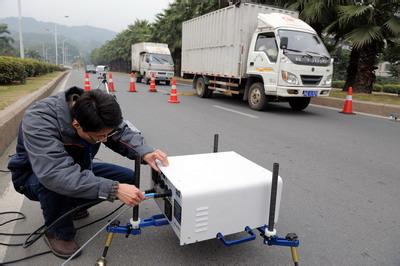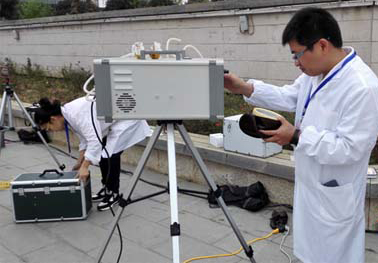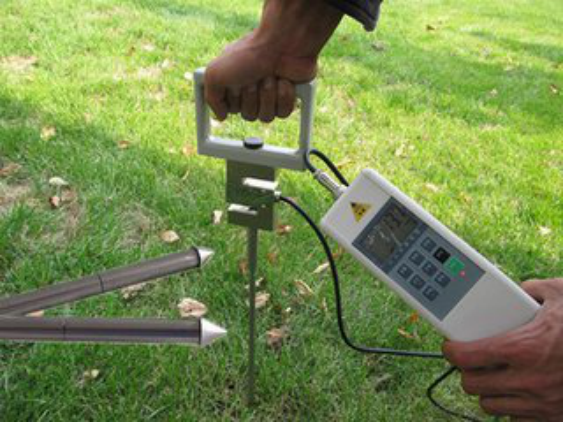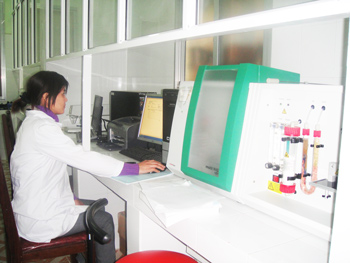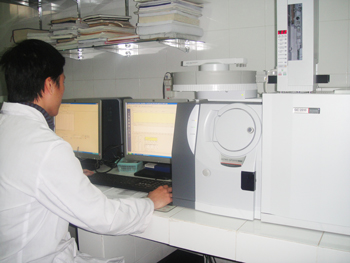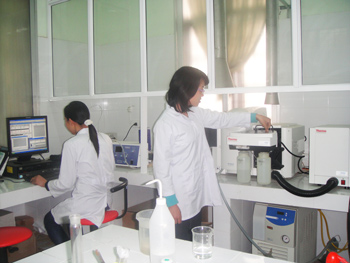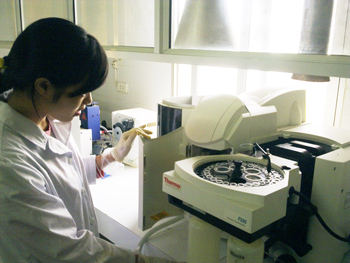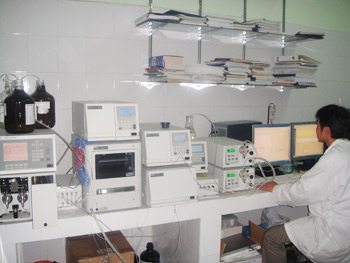HCM CITY — A new development plan for the nation's agricultural sector will restructure it towards producing more value-added-crops and maintaining its status as an export spearhead.
The plan for the 2012-20 period "with a vision to 2030" is being drafted by the Institute of Policy and Strategy for Agriculture and Rural Development (IPSARD).
Restructuring the agriculture sector would help it recover growth, improve production capacity and competitiveness, increase people's incomes and protect the environment, institute officials have said.
The plan is to have the sector develop in line with the country's overarching goals of modernisation and industrialisation, increase employment in rural areas and reduce the income gap between rural and urban areas.
The planners have also said that particular attention will be paid to coping with climate change challenges and improving environmental quality.
The plan envisages the development of cash crops that Viet Nam has competitive advantages in for both domestic and overseas markets.
It will also promote production of crops with high added value, like mushroom, flowers and bonsais.
The animal husbandry industry will be developed based on advantages of each ecological region, using modern breeding methods in large-scale farms. The quality of breeding models used by households will also be improved.
The Cuu Long (Mekong) Delta will host a large intensive aquaculture area of about 20,000 ha.
The animal feed industry and local irrigation systems will also be reorganised, planners said at a recent consultation conference in HCM City to collect opinions from concerned agencies and experts on the new development plan.
Participants at the conference agreed with the plan's main objectives and proposed ways to help the Cuu Long (Mekong) Delta fully develop its strengths for large-scale areas specialised in producing commercial products for export.
Expert opinions
Dr. Vu Thanh Tu Anh, director of the Fulbright Economics Teaching Programme under the HCM City University of Economics, said the Vietnamese agriculture sector should focus on export-driven development not only to earn foreign currency and generate employment, but also gain impetus to improve productivity and competitiveness.
"Productivity and competitiveness now are the weakest points of many domestic enterprises and they need to improve this as they have to cope with increasing competition," Anh said.
The country's industrialisation policy should be implemented in ways that cover the agriculture sector and rural areas, senior economist Vu Trong Khai said.
He said small urban areas needed to be built within rural areas where processing plants and other establishments that provide services adding value to rural economic activities can be set up.
To make the agricultural sector more competitive, Khai said it was necessary to tackle two issues: land accumulation and farmer training.
Land use rights should be considered transferable and commercial assets that allow land accumulation, creating conditions for building modern farms with international standard products, he said.
Other delegates at the conference called for greater investment in the agriculture sector, saying the Government has thus far failed to pay due attention to this issue.
They said difficulties facing the agriculture sector were rooted in inadequate investments made over the last few decades.
Up to 70 per cent of Viet Nam's population lived in rural areas, contributing 20 per cent of the country's GDP and 30 per cent of its total export value. However, they did not receive appropriate investments, IPSARD director Dang Kim Son said.
In fact, investment in agriculture had decreased since the renewal process began, Son said.
Anh agreed, adding that a decade ago, between 13 and 14 per cent of the State budget was invested in the agriculture sector, but this has reduced to just six per cent now.
"This shows that the agriculture sector has not received the priority that it deserves in Government policies," he said. — VNS


 English
English Vietnamese
Vietnamese
